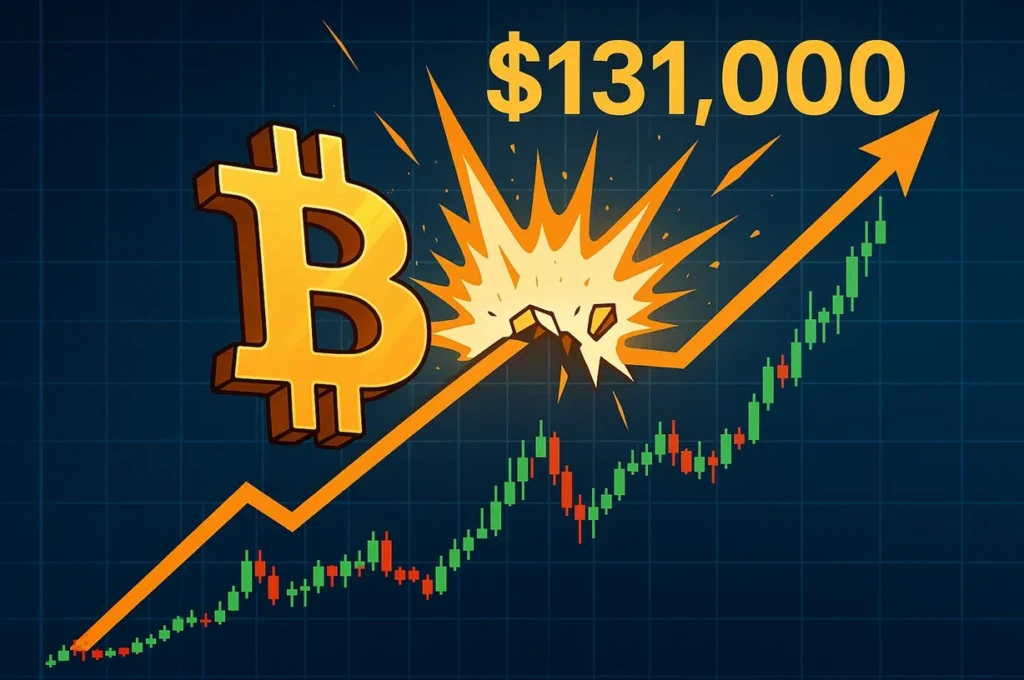What Is the Supply and Demand Zone in Crypto?
In the volatile world of cryptocurrency trading, understanding market dynamics is crucial for making informed decisions. One fundamental concept that traders rely on is the identification of supply and demand zones. These zones represent price levels where the forces of supply and demand are significantly imbalanced, often leading to substantial price movements.
Understanding Supply and Demand Zones
Supply and demand zones are areas on a price chart where the price has historically experienced significant reversals due to an imbalance between buying and selling pressures. When the price approaches these zones again, traders anticipate similar reactions, making them critical for planning entry and exit points.
- Supply Zones: These are price levels where selling pressure overwhelms buying interest, causing the price to decline. Traders often look to sell or short assets when the price reaches these zones.
- Demand Zones: Conversely, demand zones are levels where buying interest exceeds selling pressure, leading to price increases. Traders consider these zones as potential buying opportunities.
Identifying Supply and Demand Zones
Recognizing these zones involves analyzing price charts for specific patterns:
- Consolidation Areas: Periods where the price moves sideways, indicating equilibrium between buyers and sellers. A breakout from such a consolidation often leads to a strong price movement in the direction of the breakout.
- Large Candlestick Moves: A sharp price movement followed by a consolidation indicates a strong supply or demand zone. The area preceding the sharp move often acts as a base for future price reactions.
- Volume Analysis: High trading volumes at certain price levels can confirm the strength of a supply or demand zone. Increased volume suggests strong interest at those levels, making them more significant.
Trading Strategies Using Supply and Demand Zones
Traders employ various strategies when utilizing supply and demand zones:
- Entry Points: Entering trades when the price approaches a demand zone for buying or a supply zone for selling, especially when confirmed by other indicators.
- Stop-Loss Placement: Setting stop-loss orders just beyond the supply or demand zones to manage risk in case the market moves against the position.
- Risk-Reward Ratio: Ensuring that the potential reward justifies the risk taken, often targeting a higher reward relative to the risk.
Risks and Considerations
While trading based on supply and demand zones can be profitable, it’s essential to be aware of potential risks:
- False Breakouts: Prices may break through a zone temporarily before reversing, leading to potential losses if not managed properly.
- Market Sentiment: News events or changes in market sentiment can impact the effectiveness of these zones, as they may alter the supply and demand dynamics.
- Over-Reliance on Technical Analysis: Solely depending on supply and demand zones without considering other factors like fundamental analysis can be risky.
Conclusion
Understanding and identifying supply and demand zones are pivotal in cryptocurrency trading. By recognizing these zones, traders can make more informed decisions, manage risks effectively, and enhance their trading strategies. However, it’s crucial to combine this knowledge with other analytical tools and maintain a disciplined approach to trading.

